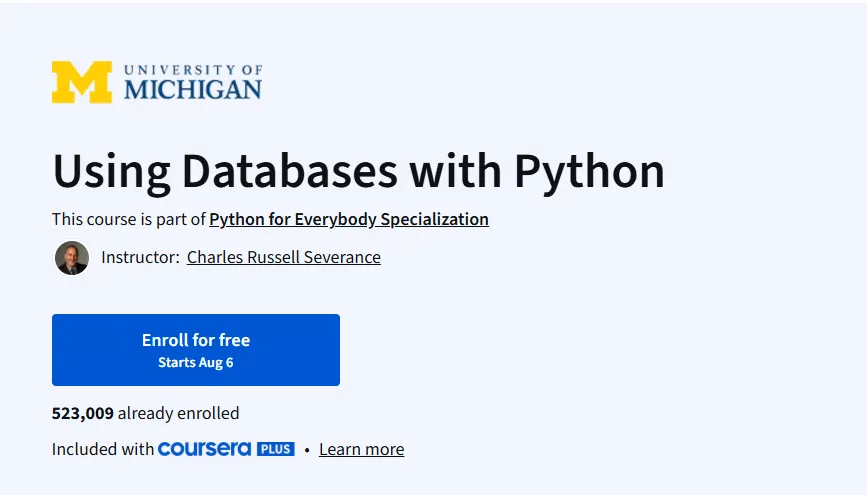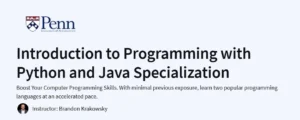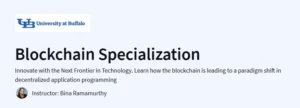What will you learn in Using Databases with Python Course
How to design and manage relational databases in Python.
Using SQLAlchemy to connect Python applications with databases.
Writing and optimizing complex SQL queries.
Handling many-to-many relationships and database normalization.
Testing and integrating database operations into real-world Python projects.
Program Overview
Module 1: Introduction to Relational Databases
⌛ 1 week
Topics: Understanding database architecture, relational models, and primary/foreign keys.
Hands-on: Set up SQLite and connect it with Python.
Module 2: SQL Basics and Queries
⌛ 1 week
Topics: Writing SELECT, INSERT, UPDATE, DELETE queries; filtering and sorting data.
Hands-on: Practice basic SQL commands in SQLite through Python scripts.
Module 3: Advanced SQL & Joins
⌛ 1 week
Topics: INNER JOIN, LEFT JOIN, RIGHT JOIN, and multi-table queries.
Hands-on: Build reports combining data from multiple tables.
Module 4: SQLAlchemy ORM
⌛ 1 week
Topics: Using SQLAlchemy for object-relational mapping, defining models, and CRUD operations.
Hands-on: Map Python classes to database tables and perform operations.
Module 5: Relationship Modeling & Normalization
⌛ 1 week
Topics: Relationship modeling, complex queries, and database normalization.
Hands-on: Implement many-to-many relationships in SQLAlchemy and test with Python scripts.
Get certificate
Job Outlook
Relational database skills are in high demand across industries.
Career growth in backend development, data engineering, and analytics.
Average salary for Python database developers: $80,000–$110,000/year.
Opportunities for freelance database design and maintenance work.
Specification: Using Databases with Python
|
FAQs
- Basic Python knowledge recommended; SQL familiarity is helpful but not mandatory.
- Introduces connecting Python with relational databases using libraries like
sqlite3orSQLAlchemy. - Includes hands-on exercises for CRUD operations.
- Suitable for beginners aiming to combine Python programming with database management.
- Prepares learners for backend development or data-driven projects.
- Covers
INSERT,SELECT,UPDATE, andDELETEcommands through Python. - Teaches querying and filtering data programmatically.
- Includes practice exercises using real-world datasets.
- Prepares learners to interact with databases in applications and scripts.
- Reinforces data integrity and transaction management principles.
- Builds skills for Data Analyst, Python Developer, and Backend Engineer roles.
- Prepares learners to automate data storage, retrieval, and reporting tasks.
- Teaches best practices for database connections and queries in Python.
- Useful for web applications, dashboards, and data pipelines.
- Enhances portfolio projects with real database integration experience.
- Typically 4–6 weeks with self-paced learning.
- Covers connecting to databases, performing queries, and managing data transactions.
- Includes hands-on exercises and mini-projects.
- Flexible schedule suitable for learners balancing work or studies.
- Ensures practical experience through project-based learning.
- Learn to connect Python to SQLite, MySQL, or PostgreSQL.
- Handle database errors and exceptions programmatically.
- Apply queries to manipulate and analyze real datasets.
- Build Python scripts that interact with databases for automation.
- Skills directly transferable to backend development, analytics, and data-driven applications.





